Vision for Health Equity in CDC’s Global Work
Building upon CDC’s global public health mission and agency-wide principles and goals, health equity (HE) for CDC is realized when everyone has the opportunity to achieve their highest attainable level of health and no one is disadvantaged from achieving this potential because of social position or any other socially, [6] economically, demographically, or geographically defined circumstances or physical condition [7, 8].
Health equity is already embedded in CDC’s global work and is a fundamental core principle in CDC’s science and interventions strategy. Closely considering individual country and community contexts is critically important for CDC’s health equity work, including efforts implemented through CDC’s country offices in more than 60 countries, and in countries where CDC does not have a permanent presence. CDC works in close collaboration with many partners and countries to further public health equity goals and leverage the opportunities and synergies between vertical program efforts and broader agency efforts around health equity. CDC’s commitment to health equity was reinforced with the release of the Global Public Health Equity Guiding Principles for Communication [9]. These principles underpin the language and images CDC uses to communicate global work as being inclusive, respectful, non-stigmatizing, bias-free, and appropriately tailored to diverse audiences. The global health equity strategy advocates for a coordinated approach for global public health equity to bolster and leverage existing programs, identify gaps, and elevate advances in health equity science.
As our awareness and collective understanding of health equity continues to evolve and develop, this strategy should be considered a living document that will transform in step with our common understanding. The strategy described here represents CDC’s plan to consistently and deliberatively advance health equity principles and approaches within and throughout CDC’s global public health science, interventions, partnerships, policies, and infrastructure. This strategy also aims to center the reduction of global health inequities as core to CDC’s global public health work. Therefore, defining HE in global work considers “the ethical and human rights principle that motivates people to eliminate disparities in health and in the determinants of health that adversely affect excluded or marginalized groups” [6] based on the premise that everyone has a “fair and just opportunity to be as healthy as possible” [5]. As a process, we may consider HE as removal of structural patterns or “economic and social obstacles to health” that are the drivers of health disparities [8].
CDC’s vision for health equity in the global context is also reflective of the United Nations (UN) recognition of the right of everyone to the highest attainable level of health, first in the UN Charter (1945), which obligates member nations to promote health among other human rights as a way of achieving peace among nations [10, 11]. The phrase “achieve the highest attainable level of health” is captured within the World Health Organization (WHO) Constitution (1946) which states, “The enjoyment of the highest attainable standard of health is one of the fundamental rights of every human being without distinction of race, religion, political belief, economic or social condition [12]. The UN 2030 Agenda for Sustainable Development adopted 17 sustainable development goals (SDGs) with 169 targets [13]. Goal 3 in the UN’s 2030 Agenda for Sustainable Development calls for all Member Nations to “Ensure healthy lives and promote well-being for all at all ages”, and UN SDG 10 emphasizes the importance of “Reducing inequalities and ensuring no one is left behind” [13]. Other goals address poverty, hunger, education, gender equality, water and sanitation, clean and affordable energy, work, and economic growth, among others. These goals and associated targets are considered integrated and indivisible from one another and are linked to health. WHO defines global public health equity as, “the absence of unfair and avoidable or remediable differences in health among and between population groups worldwide” [14]. Equity is a key goal addressed in WHO’s Triple Billion Targets and aligns with the SDGs by measuring within-country inequality [15].
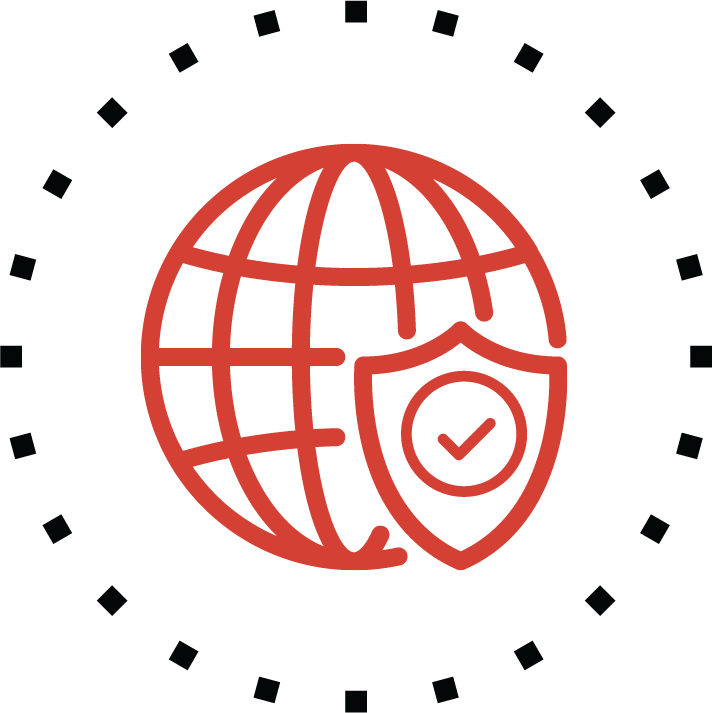
CDC’s global health mission is to improve the health, safety and security of Americans while reducing morbidity and mortality worldwide.
Everyone can attain the highest attainable level of health and no one is disadvantaged from achieving this potential because of social position or any other socially, economically, demographically, or geographically defined circumstances or physical condition.

- Scientific Expertise
- Diverse Partnerships
- Sustainability
- Innovation
- Health Equity
Core Components to Achieving the Highest Attainable Level of Health
Health is recognized as being interdependent and interrelated to other human rights, such as the rights to life, to freedom from discrimination, to be recognized everywhere as a person, and to a standard of living adequate for health and well-being [16]. WHO promotes this, along with the Four Essential Components for Achieving the Right to the Highest Attainable Level of Health as a unifying framework which builds upon existing approaches in gender, equity, and human rights to specifically address availability, accessibility, acceptability, and quality [17-22] (see Appendix A).
The Four Essential Components for Achieving the Right to the Highest Attainable Level of Health framework was foundational in the development of CDC’s global HE goals and commitment to the development, implementation, and monitoring of interventions that address the social and structural determinants of health disparities and inequities in our global work. These four essential components are at the heart of CDC’s global public health equity vision, providing the intent behind global health science and programs. This means that we will work to ensure that public health resources, services, and programs needed are available to support the progressive realization of the highest attainable level of health. Accessibility in our global work means that we must focus our efforts on ensuring that everyone has access to the resources available for health, whereas acceptability means that our science and interventions should be acceptable medically, ethically, culturally, and with respect to gender and meet the needs of people who are not equitably served by the current public health system. Lastly, the quality of our work must prioritize safety and effectiveness and be people-centered, timely, equitable, integrated, and efficient.
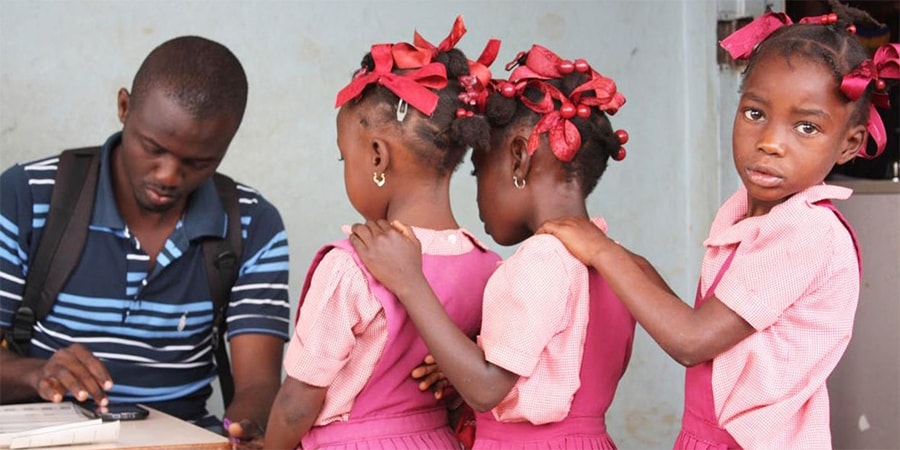
A technician with Haiti’s Ministry of Health uses mobile data collection to enroll schoolgirls prior to testing them for lymphatic filariasis (LF) and malaria.
Guiding Principles for Implementing Health Equity into CDC’s Global Work
-
Prioritize needs of people who are most disadvantaged or disproportionately affected
-
Engage affected populations and communities
-
Collaborate with external partners, including non-traditional and local partners
-
Confirm that programs uphold principles of human rights
-
Implement good and ethical public health practice
-
Cultivate ethical and knowledgeable staff
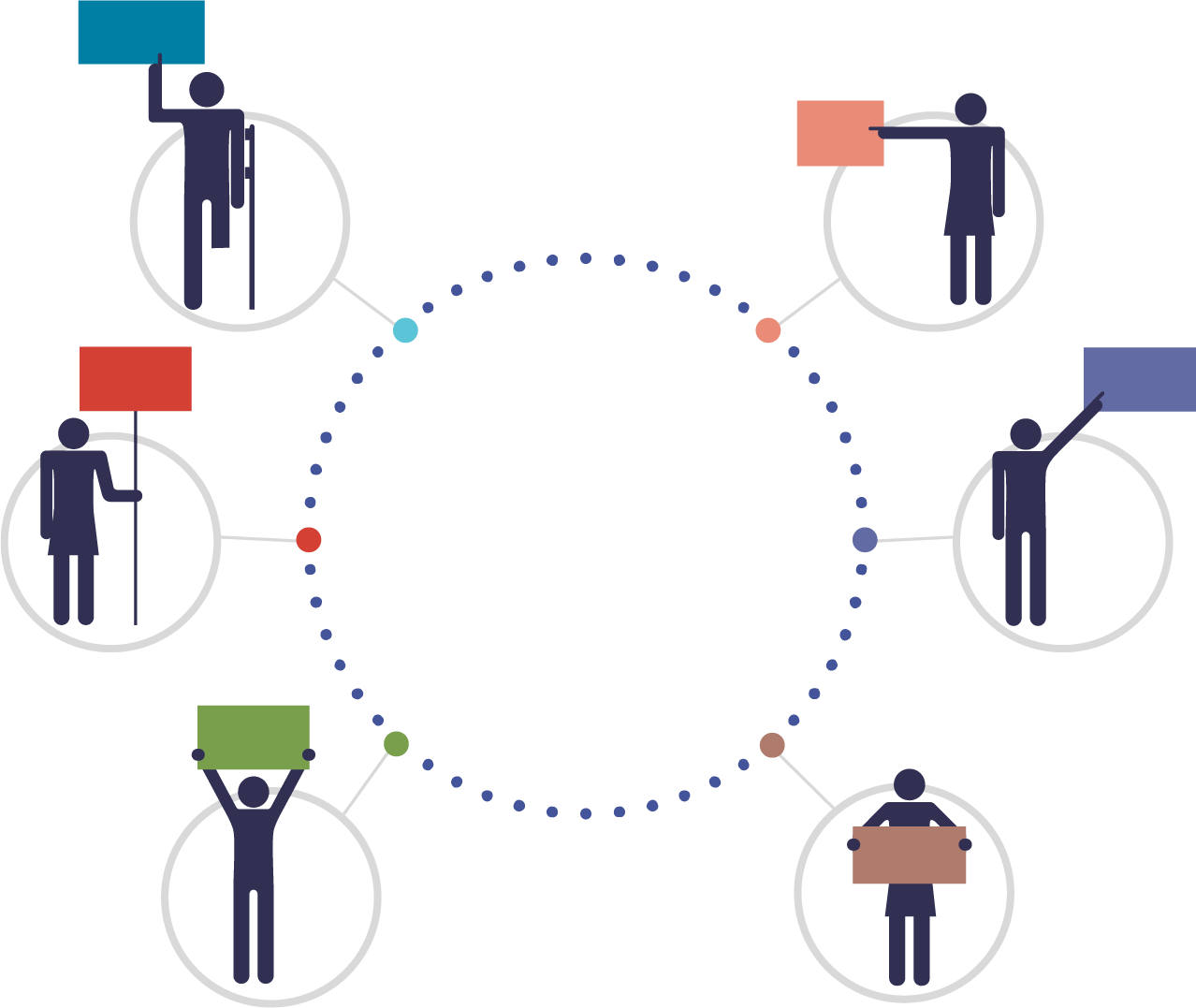
Based on these four Essential Components, CDC collectively established 6 guiding principles to help direct and sustain our focus on HE scientific research, programs/interventions, and policies (see Appendix B). The 6 guiding principles are:
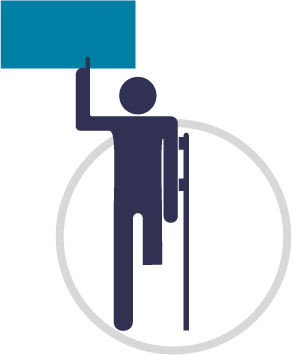
First, a HE approach requires that we prioritize populations/ groups with the greatest needs first[1] (most disadvantaged), with the aim towards greater equity, recognizing that achieving greater equity benefits all of society [8]. For example the Global Immunization Division’s (GID) Strategic Framework Goal 1 is to “Strengthen immunization services to achieve high and equitable coverage.” GID’s approach to this goal focuses on reaching populations with the highest burden of vaccine-preventable diseases [23]. Division of Parasitic Diseases and Malaria programs, which focus on malaria and other parasitic diseases, impact populations who are socio- economically disadvantaged [24].
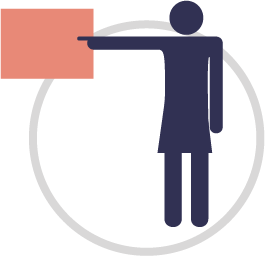
Secondly, we need to ensure that we prioritize engaging affected populations, such as community members, in the overall decision-making, ownership, program and research design, planning, implementation, and evaluation process. Meaningfully engaging with communities ensures that our global work reflects the lived experiences of groups who have experienced historical and contemporary injustices.

Third, we believe that collaborating with partners, including local partners, is essential to achieving sustainable health equity outcomes and that partners should be considered for their trusted standing with the community, public health and human rights, and also network with other community organizations that provide various types of service to the community. For example, global HIV funding through PEPFAR towards health systems strengthening provides nearly one billion USD to over 40 countries. This activity strengthens availability, accessibility, and acceptability of an array of health care and health-related services. CDC supports the transition of HIV services to local partners, with 70% of CDC’s PEPFAR funding awarded to local partners by the end of fiscal year 2020 [25].

Our fourth principle recognizes that respect and protection of human rights can help ensure programs’ success in achieving greater health equity in many ways, including: building trusting relationships between the public and public health practitioners; creating a more effective and conscientious public health workforce; and improving the effectiveness of public health programs. Therefore, we must confirm that all public health efforts uphold and integrate human rights into program and policy development, implementation and evaluation.

Also, we need to recognize that not all public health programs are created equal. As stewards of public funds, we must ensure that our research and programs build the evidence-base and achieve greater health equity with sound science and ethical principles.
.
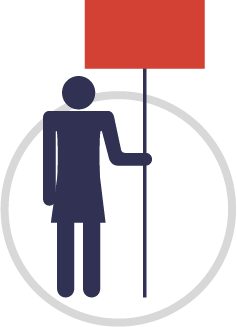
Lastly, we must cultivate ethical and knowledgeable staff by ensuring that qualified and respected individuals are involved in planning and implementation of interventions. Individuals from the community, with considerations on background and perspective, must also be involved in these processes, and should be considered for recruitment to build a diverse and equitable workforce.